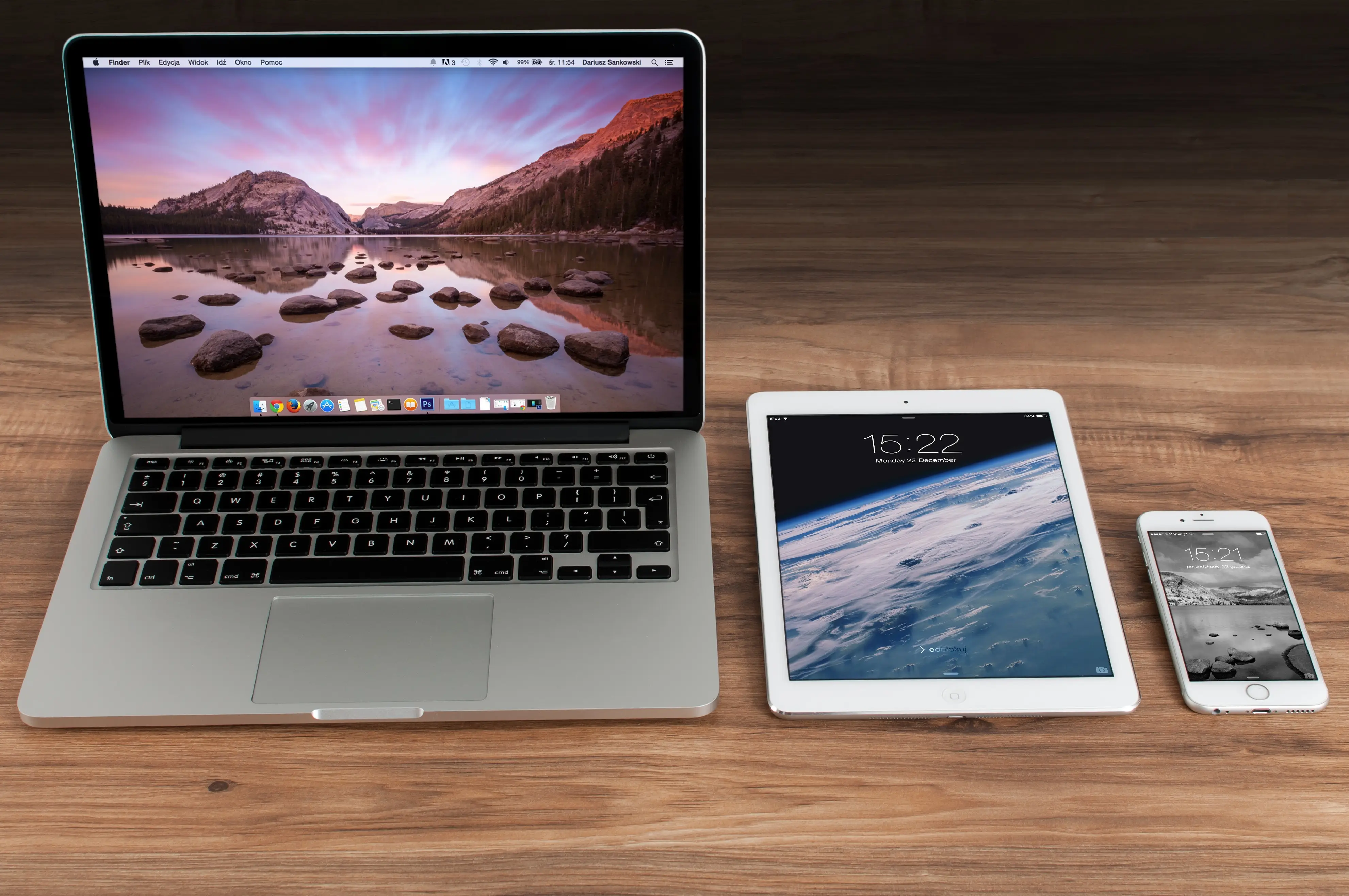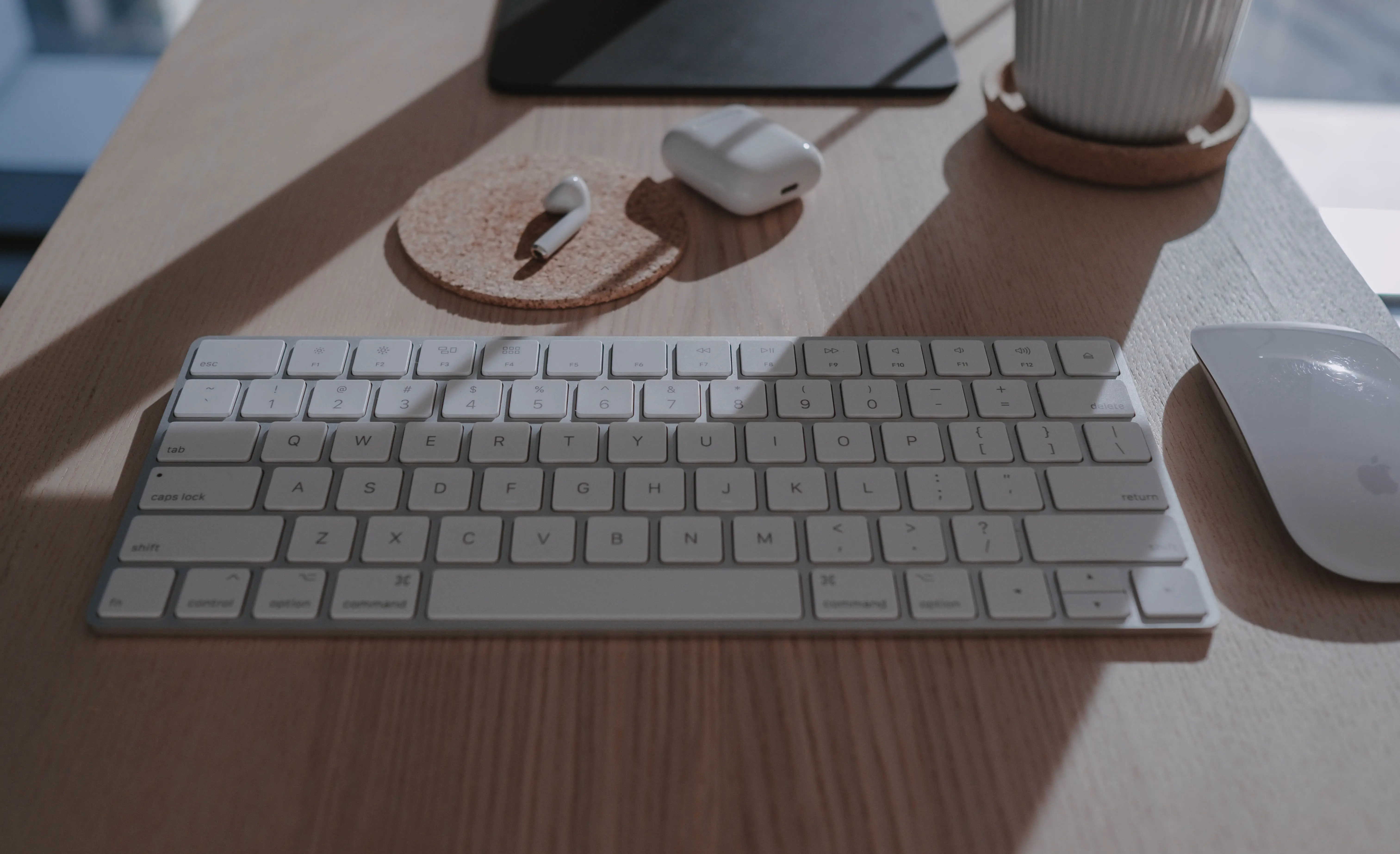Apple is known for using unique strategies that yield robust profits. The company has a special appeal due to its ability to uniquely differentiate its products, businesses, and prices. Samsung is one of the companies that pose competition against Apple. The situation would have been different in a slow-cycle market. Apple needs to maintain some of the strategies for it to effectively achieve its long-term plans and beat the dynamic competition of the competitive world of technology.
Business-Level Strategies
The need to perform better than competitors necessitates the use of both focused cost leadership and focused differentiation at Apple Inc. Both types of differentiation enable the company to serve the narrow market segment alone (Hitt, Ireland, & Hoskisson. 2020). Focused cost leadership entails competing based on price, with the target being a narrow market. Focused differentiation involves making products unique in a way that attracts a specific group of customers. Apple focuses on a small number of high-end products (Chulkov & Nizovtsev, 2014). Doing so enables it to prioritize profits over market share. Both strategies work well for the company, although focused differentiation is the best of the two. Focused differentiation helps Apple to remain ahead of competitors. It is the strategy to which the company attributes its power over prices. It does so by enabling the company to create a craving effect. The uncommonness of the high-end Apple products and services amongst consumers creates the urge to get more of them. It also increases the willingness of the persons to pay more for the unique products and services. This reason is amongst the others why focused cost leadership works.
Focused differentiation also ensures that customers of the company gain access to a high-quality user experience, thereby creating a market for the company’s products. Amongst the main ways Apple manages to maintain its market is the ability to provide hardware and software optimized to provide value to the consumer (Chulkov & Nizovtsev, 2014). It ensures that its target consumers enjoy the value for the price they pay. By so doing, it keeps them glued to the products for long, thereby ensuring that they are satisfied with the products and are willing to pay more for the same in the future or market the items to other potential buyers. It is from the differentiation that the company gains a competitive advantage. The electronics and software industries compete based on the value that each device or software offers to the customers (Chulkov & Nizovtsev, 2014). Consumers are keen on the features that they would like to enjoy.
For this reason, they tend to push the demand for smartphones and computers that can offer the user experience that they wish to have. In response, smartphone and operating systems companies are constantly in pursuit of producing the devices that match their needs. However, the inability of low-cost devices to offer Apple’s user experience glorifies its position in the competitive markets. For example, the iPhone is more durable than most android smartphones. It is one of the attributes that a significant percentage of the people within its target market prefer it to the cheaper cellphones.
Corporate-Level Strategies
Apple has a wide range of corporate strategies at its disposal but chooses the related constrained strategy. It refers to the moderate level diversification in which less than 70% of revenue is gained from selling the dominant products and services (Hitt, Ireland, & Hoskisson. 2020). Instead, the related businesses share something, such as technological linkages. Apple Inc. started with the production of computers but has constantly been expanding to produce other related products and services. It produces computers, tablets, phones, and wearables. All the products are within the computer industry. This strategy is the result of utilizing economies of scope. It increases efficiency using several of the same resources to create the end products. The company is keen to ensure that all hardware and software development and software is its main corporate strategy.
Apple’s strategy of diversifying its products is favorable to the company’s long-term plans. It considers the company’s plan to capitalize on the needs of a narrow market segment. The technological devices produced through the strategies complement each other (Chulkov & Nizovtsev, 2014). For example, a person who needs a personal computer for home use may need a tablet for use in the office and an iPhone for smartphone needs. The same person may need a smartwatch for use during morning exercises and a subscription service to help him/her plan their time. It would be more efficient for them to use the same brand to ensure the synchronization of activities. Apple’s ability to design and develop the devices and application packages is advantageous to the persons who purchase more than one of the devices. It ensures that the persons’ needs are well catered to, and their satisfaction is promoted. In return, the company benefits from the sale of high-cost products and services. Expanding the product line in the future will enable the company to make higher profits from a narrow market segment.
The related constrained strategy is also serving the long-term plans of Apple Inc. by enabling it to maximize the use of resources. It produces computers in the form of iPhone, iMac, Apple, iPod, iPad, and AppleTV. The company’s ability to produce products and services that are all within the sphere of computers enables it to share resources between the businesses that deal in the sale of each of them. For example, the operating system is the same across all computing devices. For this reason, the company enjoys economies of scope, which is necessary for the company to save and invest in the future. Eliminating unrelated devices ensures that it does not invest human and financial resources in things that can derail it from its main plans.
Competitive Environment
Apple’s competitiveness encompasses the presence of other companies, the threat of new entrants, and the introduction of innovative products. The continued change in the field of technology means that its competitive environment is dynamic. It is especially so because of the continued creation of technological devices and services that better satisfy the needs of contemporary consumers. Others focus on the future of technology and pose competition in the oncoming days. The ability of different companies to do better than others at different times means that each of them is regarded as the main competitor at different times. Samsung, Microsoft, and Nokia have, at different periods, posed major competition in both the phone and computer technologies. However, competition with Samsung can be considered the stiffest both in the past and to date.
In prices, Apple and Samsung both differ and rhyme. Apple creates premium smartphones, which it sells at high prices. Similarly, Samsung produces high-end smartphones that are revered for their high-quality features and durability. The two companies have often been involved in court cases against each other for patent infringement, owing to the similarity of their innovations (Tien, Dat, & Chi, 2019). For example, in 2011, Apple sued Samsung for patent infringement, demanding US $2.5 billion. The smartphone features for which they compete are similar. However, Samsung also produces mid to low-end smartphones. It is keen to cater to the needs of a wide range of persons with different purchasing powers. On the contrary, Apple concentrates on the segment of the population that can afford high-end smartphones. There is a stark difference between the two companies despite their similarity.
From another perspective, the competition between Apple and Samsung is high in terms of profits and products. The two companies utilize different strategies but usually achieve rhyming profits. Samsung is known for the vertical integration of products as its main competitive advantage (Tien, Dat, & Chi, 2019). It sells a wide range of products that are not necessarily related. Its products range from LED lights to cameras and gaming systems, amongst others.
On the contrary, Apple specializes in the production of computers in different manifestations. The difference in strategies leads to domination in different areas. For example, the diversification of businesses by Samsung enables it to dominate in the mid and low-end markets. However, it spends a lot on research and development. On the contrary, Apple’s related constrained strategy enables it to dominate in the high-end markets and enjoy the accrued economies of scope.
Market Cycles
The competitive environment for Apple would be similar in a fast-cycle market but different in a slow-cycle market. The slow-cycle markets entail protecting companies from imitation for long periods (Hitt, Ireland, & Hoskisson. 2020). These markets offer conditions that ensure the long-term sustainability of competitive advantages and high-cost of imitation. On the contrary, fast-cycle markets offer conditions in which imitation is easy, fast, and cheap. Companies have the chance to study the actions of others and quickly imitate them as fast as they receive the information.
In a fast-cycle market, Samsung and other companies that produce technological devices have the leeway to copy the innovative products produced by Apple. Similar to the contemporary market, the firms only need to stay updated regarding the actions of Apple for them to quickly engage in the production of similar (Hitt, Ireland, & Hoskisson. 2020). They can then use the information to make similar smartphones, wearables, or personal computers. It is the situation in the modern market that causes court cases as Apple competes for sole ownership of patentable technologies.
On the contrary, the situation would be different in a slow-cycle market. In such a market, copying the technological features of a computer made by Apple would cost a fortune. It would also be hard to study the innovation, and it would take time to do so (Hitt, Ireland, & Hoskisson. 2020). For these reasons, Samsung and other companies would find it hard to imitate Apple’s technology at the right time. Instead, Apple would remain ahead of the competition while other companies drag themselves in getting any significant market share. For example, smartphone companies would find it hard to produce phones with cameras that achieve the megapixel resolution and storage that iPhones have. The slow-cycle market would be different from the current one, where many smartphone companies have achieved such smartphone features.
Sources
- Hitt, Ireland, & Hoskisson. 2020. Strategic management: Concepts and cases: Competitiveness and globalization (13th ed.). Mason, OH: South-Western Cengage Learning
- Tien, N. H., Dat, N. V., & Chi, D. T. P. (2019). Product Policy in International Marketing. Comparative Analysis between Samsung and Apple.“. International Journal of Research in Marketing Management and Sales, 1(2), 129-133.
- Chulkov, D., & Nizovtsev, D. (2014). Economics of Apple Iphone: Price Discrimination or Pricing Error?. Journal of the International Academy for Case Studies, 20(1), 49.










